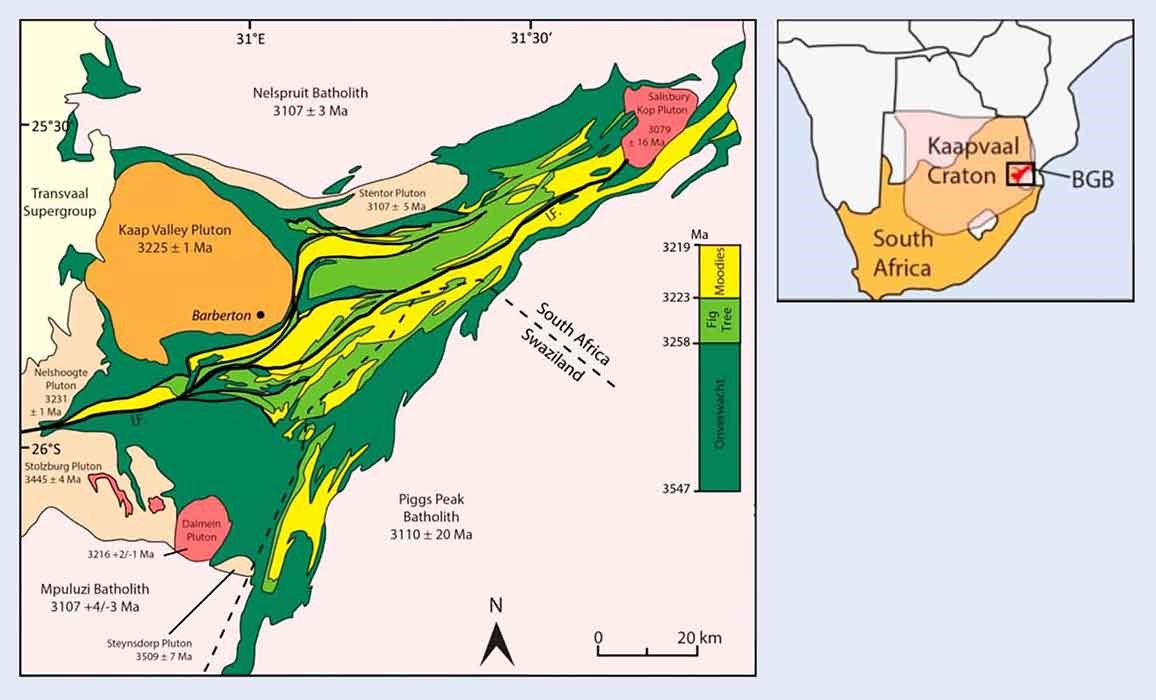Free Courses Sale ends Soon, Get It Now


Free Courses Sale ends Soon, Get It Now



Disclaimer: Copyright infringement not intended.
Context
Geologists have found that the rocks of the Barberton Greenstone Belt are similar to those subjected to earthquakes and landslides in New Zealand.
Details
Barberton Greenstone Belt
Research and Findings in the Barberton Greenstone Belt
Similarities to Younger Rocks in New Zealand
Geological Observations and Interpretations
Implications for Earth’s Early History
Relationship to the Origin of Life
Role of Subduction Zones
The Violent Birth of Life
|
PRACTICE QUESTIONS Q.Barberton Greenstone Belt a geological formation recently seen in news is located in which country?
Answer A |
© 2024 iasgyan. All right reserved